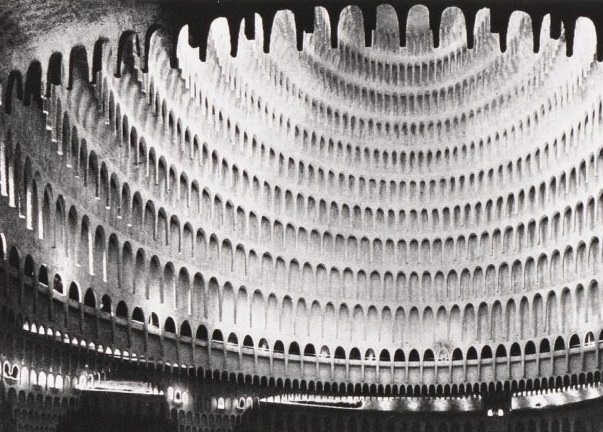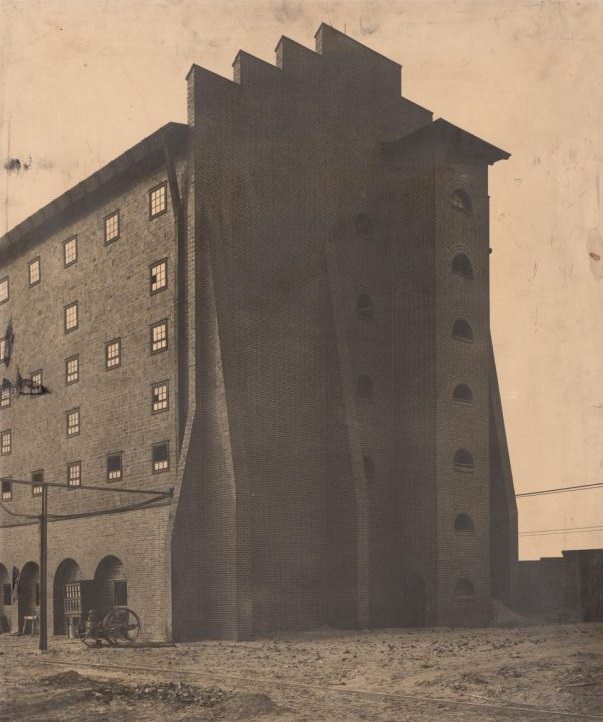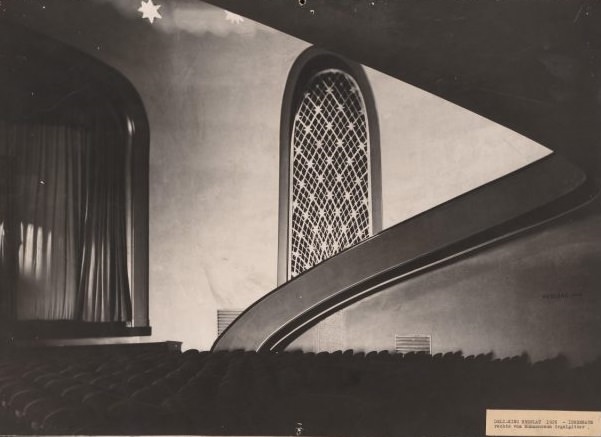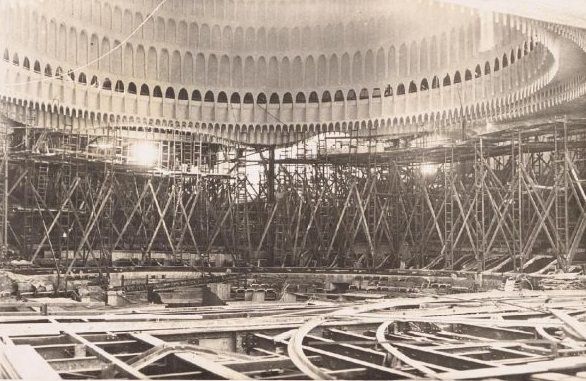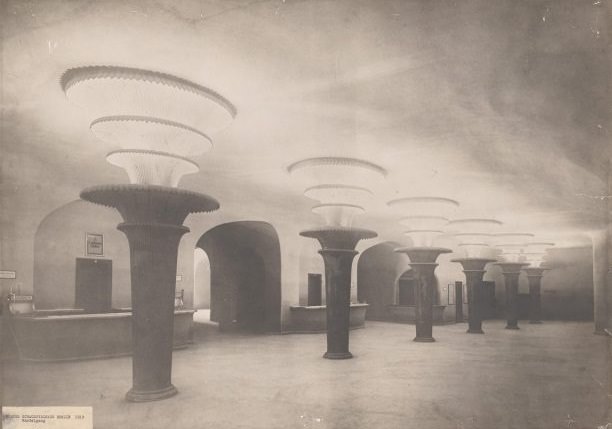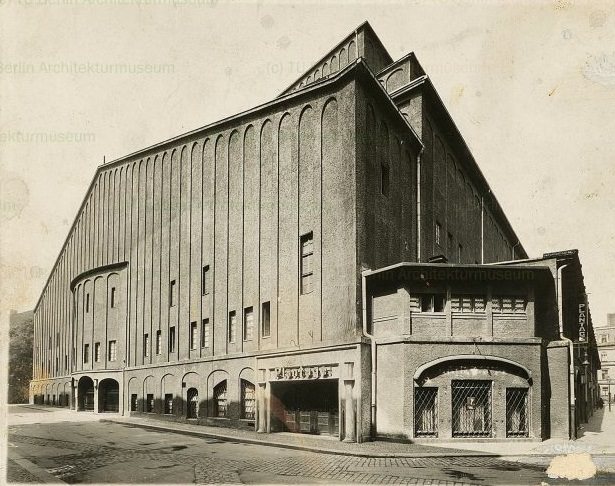Hans Poelzig was a German architect, painter, teacher and set designer for theatre and film. As a graduate of the Technische Hochschule in Berlin-Charlottenburg, where he later taught as a professor, Poelzig studied architecture alongside Peter Behrens and other architects associated with the modern movement. He moved to Breslau in 1899, where he taught at the arts and crafts school until he became its director and worked as the director of city planning in Dresden, the First Chairman of the Deutscher Werkbund, and a member of the Federation of German architects.
His work is manifest in looming structures that as much captivate as unnerving. The set designs he created for Max Reinhardt’s stage production of The Golem: How He Came Into the World in 1919 are as eerie and dark as Hugo Steiner-Prag’s illustrations for Gustav Meyrink’s bestselling novel Der Golem. During Germany’s industrializationy, Poelzig identified in a sinister neo-Gothic style the ideal site for his monumental plants”, like the tall, instead threatening Upper Silesia Tower (later a water tower) built for an industrial fair in Pozna. The biggest building Poelzig built is the IG Farben Building, the former headquarters of IG Farben in Frankfurt am Main, now known as the Poelzig Building at Goethe University. One of his designs for the Palace of the Soviets and one for the League of Nations headquarters in Geneva were never built.
















